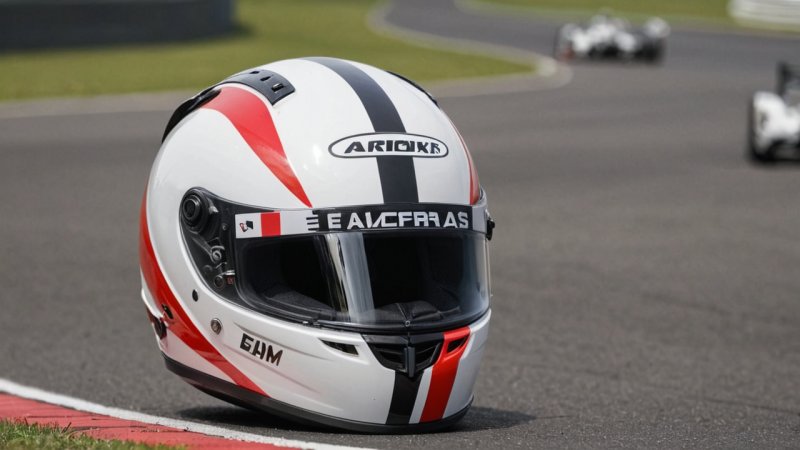Aerodynamics plays a crucial role in motorsports, influencing not only the speed and handling of vehicles but also the design and functionality of helmets. As motorsport athletes reach incredible speeds, the need for helmets that minimize drag and enhance stability has never been more important. This article will explore the various ways in which aerodynamics impacts motorsports helmets, ensuring that drivers can perform at their best while maintaining the highest safety standards.
1. Reduced Drag Coefficient
The shape of a helmet is designed to minimize air resistance, allowing drivers to cut through the wind more efficiently. Manufacturers utilize advanced computational fluid dynamics (CFD) to refine the helmet's contours, ensuring that it has a low drag coefficient. This reduction in drag not only helps with speed but also enhances the overall performance of the motorsport vehicle.
2. Stability at High Speeds
At high speeds, even the slightest instability can lead to dangerous situations. Aerodynamic designs help maintain helmet stability, preventing it from lifting or shifting during a race. Features such as rear spoilers and ventilation systems are strategically placed to keep the helmet grounded, allowing for better focus and control on the track.
3. Ventilation and Cooling
While aerodynamics focuses on airflow around the helmet, proper ventilation is essential for the driver’s comfort and performance. Helmets designed with aerodynamic efficiency often include strategically placed vents that allow for optimal airflow without compromising the helmet's shape. This helps in regulating temperature, preventing overheating during intense races.
4. Impact Resistance and Aerodynamic Design
Safety is paramount in motorsports, and aerodynamic helmets are designed to not only perform well in terms of speed but also provide maximum protection during impacts. Materials used in the construction of these helmets are lightweight yet strong, ensuring that they can withstand high-energy impacts while maintaining an aerodynamic profile.
5. Innovation in Materials and Technology
Recent advancements in materials science have led to the development of helmets that integrate aerodynamic features without increasing weight. Innovative materials such as carbon fiber and advanced composites allow for helmets that are both safe and efficient. Furthermore, the incorporation of smart technology, such as communication systems and sensors, continues to evolve, making modern helmets more effective than ever.
In conclusion, the role of aerodynamics in motorsports helmets cannot be overstated. From reducing drag and maintaining stability at high speeds to ensuring proper ventilation and maximizing safety, aerodynamic design is integral to enhancing performance on the track. As technology continues to advance, we can expect even more innovative features in motorsports helmets that prioritize both speed and safety, paving the way for a new era in motorsport performance.






